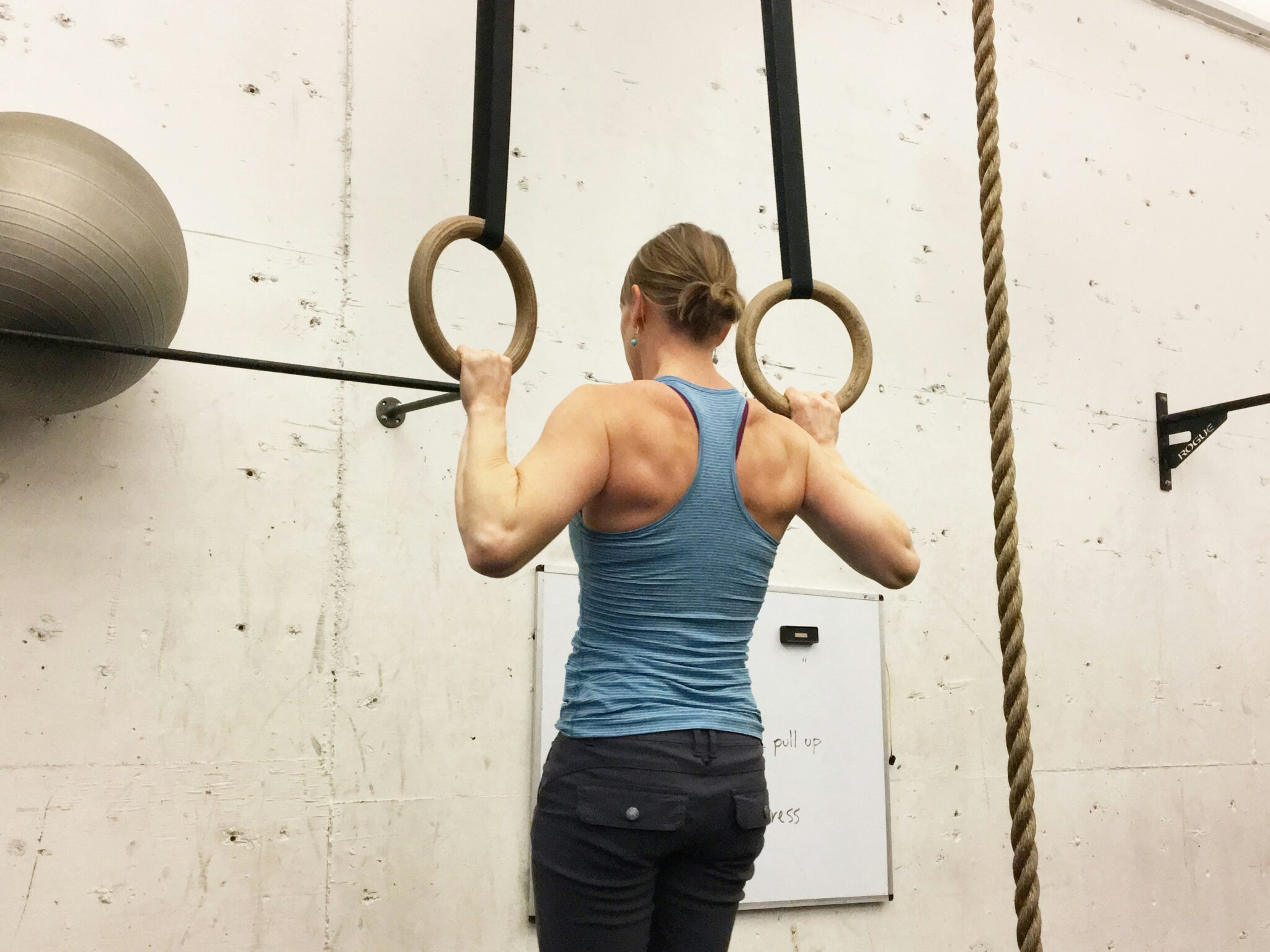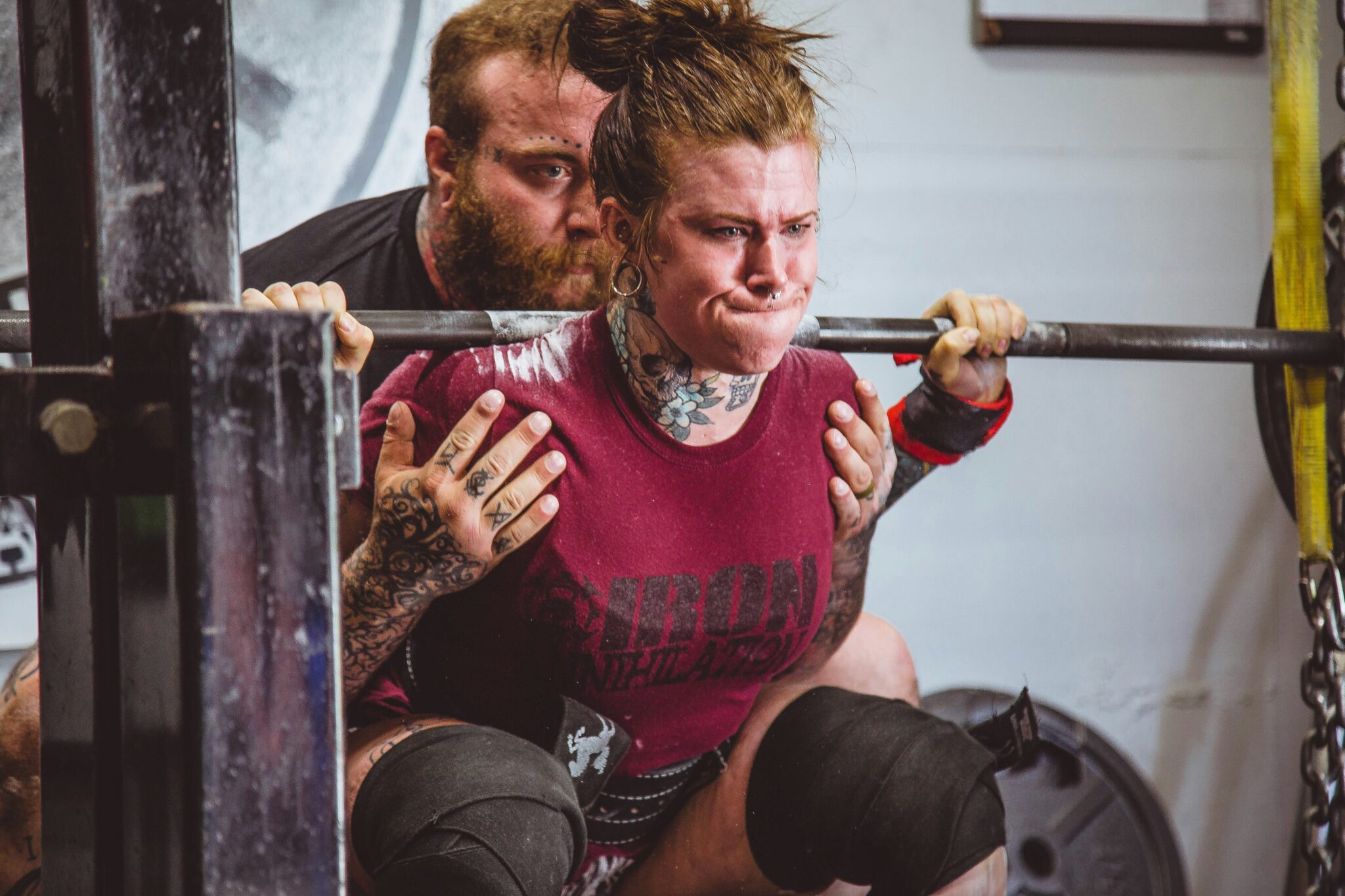In the ever-evolving world of fitness, the debate between bilateral and unilateral exercises is a topic that continues to spark discussion among gym-goers and fitness enthusiasts alike. Both styles of training have their merits and drawbacks, and understanding the nuances of each can help individuals tailor their workout routines to meet specific goals. In this article, we will explore the characteristics, benefits, and potential drawbacks of bilateral and unilateral exercises.
Bilateral Exercises: Strength in Symmetry
Bilateral exercises involve the movement of both limbs simultaneously, targeting large muscle groups and promoting overall strength and stability. Examples include the barbell squat, deadlift, and bench press.
Pros of Bilateral Exercises:
- Increased Load Capacity: Bilateral exercises often allow individuals to lift heavier weights compared to their unilateral counterparts. This is advantageous for those looking to build maximum strength and hypertrophy.
- Efficiency: Training both sides of the body simultaneously can be time-efficient, making bilateral exercises ideal for individuals with busy schedules.
- Enhanced Stability: Bilateral exercises contribute to improved overall stability and balance by requiring the engagement of the core and stabilizer muscles.
Cons of Bilateral Exercises:
- Muscle Imbalances: While bilateral exercises engage both sides of the body, it may lead to muscle imbalances if one side is stronger than the other. This imbalance could potentially contribute to overcompensation and increased injury risk.
- Joint Stress: Some individuals may experience joint stress, particularly in the lower back and knees, during heavy bilateral exercises. Proper form and gradual progression are crucial to mitigate this risk.
Unilateral Exercises: Building Balance and Symmetry
Unilateral exercises involve working one side of the body at a time, targeting individual limbs and often requiring greater stability. Examples include lunges, single-leg squats, and one-arm dumbbell rows.
Pros of Unilateral Exercises:
- Muscle Symmetry: Unilateral exercises help address muscle imbalances by allowing each side of the body to work independently. This contributes to improved muscle symmetry and function.
- Joint Health: With a reduced load on the spine and joints, unilateral exercises can be gentler on the body, making them suitable for individuals with joint concerns or previous injuries.
- Functional Strength: Unilateral exercises mimic real-life movements more closely, promoting functional strength and enhancing stability in day-to-day activities.
Cons of Unilateral Exercises:
- Lower Load Capacity: In general, unilateral exercises involve lighter weights compared to their bilateral counterparts. This may limit the potential for maximum strength and muscle growth.
- Time-Consuming: Performing unilateral exercises for each side separately can be time-consuming, making them less appealing for individuals with tight schedules.
Choosing the Right Mix:
The ideal approach to incorporating bilateral and unilateral exercises into a workout routine depends on individual goals, preferences, and any existing physical limitations. A balanced combination of both types of exercises may provide the best of both worlds, addressing muscle imbalances while promoting overall strength and stability.
Conclusion:
In the ongoing debate between bilateral and unilateral exercises, there is no one-size-fits-all answer. Each style has its unique set of advantages and drawbacks, and the key lies in striking a balance that aligns with individual fitness goals and preferences. Whether you prioritize heavy lifting and efficiency with bilateral exercises or opt for the muscle symmetry and joint-friendly nature of unilateral exercises, a thoughtful and well-rounded approach will contribute to a successful and sustainable fitness journey.



